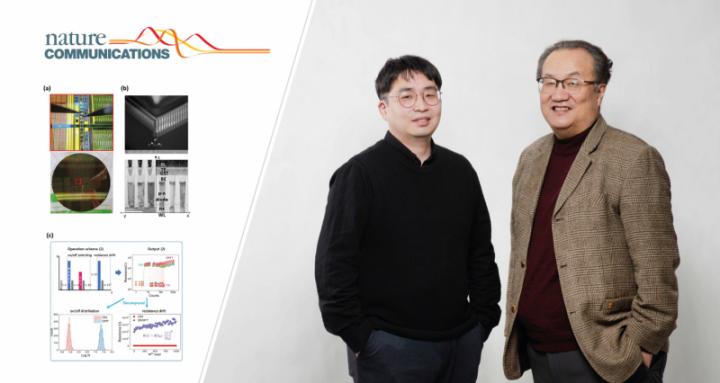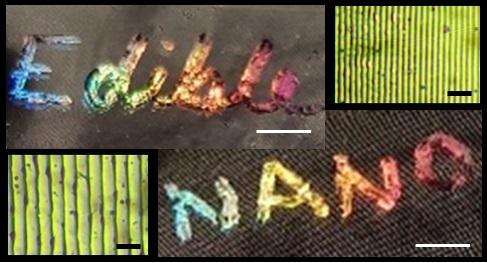There are two upcoming ‘Story Telling Through Video: Elevate Your Online Presence’ workshops, part one on June 8, 2021 (Tuesday) and part two on June 11, 2021 (Friday). Here’s more about what each online session will cover and how much it will cost.
Learn how to create videos to structure and present the message you want to convey to promote your business, portfolio or campaign
Since 1981, SCWIST has made great strides in promoting and empowering women in STEM. When you register, please consider adding a small donation to support our programs so all interested women and girls can see where a future in STEM can take them.
Story Telling Through video: Elevate Your Online Presence – Part 1
In this workshop you will learn how to edit video in Davinci Resolve. (A free editing software available for both Mac and PC.) We will start with the basics on how to use the program, along with an introduction to the modules that will make editing easier and more efficient. Next we will have a chance to edit a video interview that will be shared prior to the workshop. And finally we will have a chance to re-purpose that clip to create content for multiple platforms. This is a hands-on workshop that will require participants to download the program and follow along with ample opportunity to share their screens for tech support.
Speaker [Ida Adamowicz]
Ida is a Digital Course Video Producer who offers and teaches Video Production to service providers and educators. With her Television Broadcasting Diploma and over 10 years of experience creating online content for organizations like; Dress for Success, Minerva, Iskwew Air, City of Vancouver, and Heart of Ontario. She prides herself in sharing her knowledge with others in a way that is straightforward, yet entertaining.
…
Date and time
Tue, June 8, 2021
3:00 PM – 5:00 PM PDT
$30 – $60
…
REFUND POLICY
No refunds. However, you may request for a transfers to a another person or a credit towards your participation in a future event happening within three (3) months from the date of this event.
PHOTO AND VIDEO CONSENT
By registering for the event, you understand that the session may be video recorded and/ or photos will be taken for use in SCWIST digital communication platforms, including but not limited to: the SCWIST website, e-newsletter, Twitter, Facebook, Instagram, Youtube, and others. You therefore are providing consent for your image and voice to be used by SCWIST for free and in perpetuity.If you do not want your image to be captured in video or photographically, please ensure that your camera is off during the session.
QUESTIONS AND FEEDBACK
Contact Dr. Khristine Cariño, Director for Events, at director-events@scwist.ca. or Dr Noeen Malik, Acting Director Events, SCWIST, at events@scwist.ca
Session 2, which is almost identical to part 1 (the fees differ somewhat and it’s held on a different day),
Story Telling Through video: Elevate Your Online Presence – Part 2
In this workshop you will learn how to edit video in Davinci Resolve. (A free editing software available for both Mac and PC.) We will start with the basics on how to use the program, along with an introduction to the modules that will make editing easier and more efficient. Next we will have a chance to edit a video interview that will be shared prior to the workshop. And finally we will have a chance to re-purpose that clip to create content for multiple platforms. This is a hands-on workshop that will require participants to download the program and follow along with ample opportunity to share their screens for tech support.
Date and time
Fri, June 11, 2021
3:00 PM – 5:00 PM PDT
$0 – $60
If you have questions, you can contact these folks,
Contact Dr. Khristine Cariño, Director for Events, at director-events@scwist.ca. or Dr Noeen Malik, Acting Director Events, SCWIST, at events@scwist.ca
I attended one of their other workshops (visual storytelling) and it was accessible for someone (me) who’d forgotten a lot and didn’t know that much in the first place.
For anyone interested in SCWIST, their website is here.


